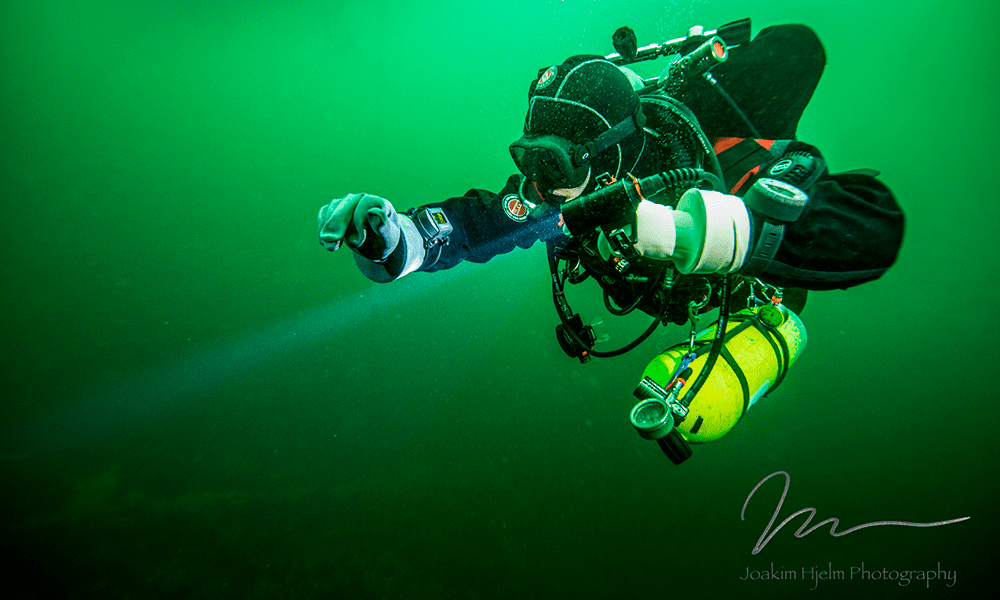narcotizzato
Registered
Hi everyone, in your trimix dives, which gradient factors do you use with the Buhlmann model?
Welcome to ScubaBoard, the world's largest scuba diving community. Registration is not required to read the forums, but we encourage you to join. Joining has its benefits and enables you to participate in the discussions.
Benefits of registering include
Depends on the dive and the mix. What kind of dive are you doing and what kind of mix are you using?Hi everyone, in your trimix dives, which gradient factors do you use with the Buhlmann model?

The physiologist is Simon mitchell? In some article? Where?Somewhat recently, a well known diver/physiologist said that 50/70 or 50/80 are reasonable.
More recently, there is talk about how you need to make your GFs increasingly conservative as your max depth increases, in order to have 'iso-risk' with shallower deco dives.
View attachment 880396

Rebreather Forum
Click here to download the RF4 proceedings An Industry, Government and Scientific Symposium The purpose of the Rebreather Forum is to advance and consolidate the diving community’s knowledge of rebreather technology and its use by technical, government and scientific divers, with the goal of...rebreatherforum.tech
Anyone else remember what the 'iso risk' GFs for a 100 metre dive are supposed to be now? 200 metres?
It might come up in one of these talks, and/or a podcast, I don't remember which ones.The physiologist is Simon mitchell? In some article? Where?
The physiologist is Simon mitchell? In some article? Where?
Somewhat recently, a well known diver/physiologist said that 50/70 or 50/80 are reasonable.
Just do "raw Buhlmann", and pad your O2 deco stop with extra time to give a surfacing GF of 80 or lower. . .Hi guys,
They are all interesting observations. You need to be careful interpreting US Navy operational requirements (as reflected in their tables) with the safety goals and aspirations of recreational divers. They may not be equivalent. For example, there will be a level of risk that is acceptable to the USN which may not be acceptable to recreational divers. I would have to ask David (he is currently on his way out here and I will see him at Oztek) but some of these USN schedules are generated from probabilistic models in which the model calculates the shortest decompression schedule for a targeted risk of DCS. If that were the case here and leadduck is right about the GF comparison, then it simply implies that the model thinks the quickest way of decompressing from this dive for a specified level of risk is to completely omit deeper stops and do something that looks a lot like raw Buhlmann.
Can I be clear that my personal use of GFs around 50/70 or 50/80 is not intended to be a recommendation, though I know it is inevitable some will interpret it that way. My choices reflect what I consider to be a sensible interpretation of the current evidence about optimal decompression which can be summarised as `we have probably be over-emphasizing deep stops, and longer shallow stops seem to decrease bubble formation`. Thus, I have backed away from deep stops as they were practiced by our technical diving craft group from the early 2000s until recently. I have said many times that I don`t know how far to back away, and GF 50 lo is intuitively acceptable to me for the time being. Based on available evidence I think I have improved my decompression by doing this, but I have no idea whether it is optimal.
Simon M

 indepthmag.com
indepthmag.com
I am not familiar with this. Please post a link that at least identifies who is doing this talking.More recently, there is talk about how you need to make your GFs increasingly conservative as your max depth increases, in order to have 'iso-risk' with shallower deco dives.
